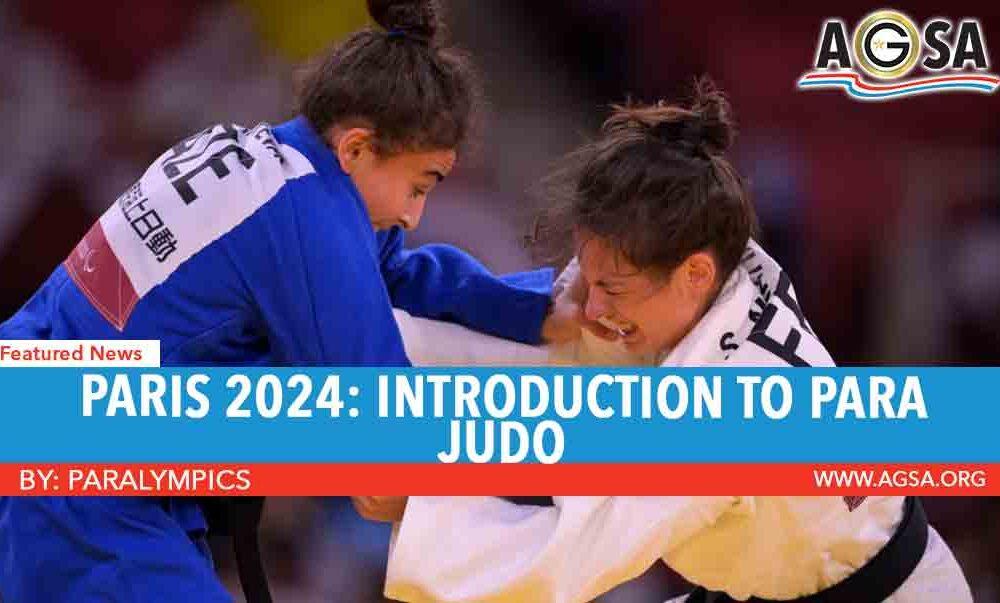
BY: paralympics
Welcome to week 10 of Paris 2024 Paralympic Sport Weeks. This week, everything you need to know about Para judo.
Para judo is a sport contested by athletes with vision impairments. There will be up to 148 athletes from around the world competing in 16 medal events at the Paris 2024 Paralympics, which will open on 28 August.
Brief history of Para judo
Judo is a martial art that originated in Japan in the late 19th century.
Para judo was introduced to the Paralympic Games at Seoul 1988. Great Britain’s Simon Jackson became the first Paralympic judo champion after he won the men’s -60kg division, while Japan won four of the six gold medals up for grabs in the Republic of Korea.
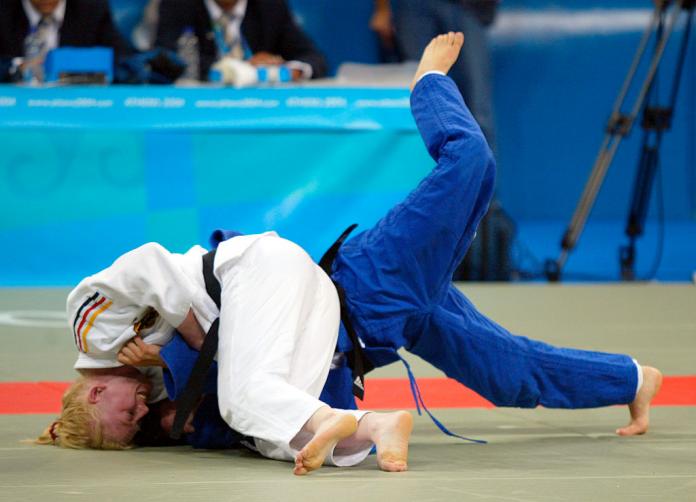
Six women’s events were added to the Paralympic sports programme at Athens 2004, where 118 athletes from 30 nations competed in 13 medal events. France’s Karima Medjeded became the first female Para judo gold medallist.
Japan, the birthplace of judo, is the most successful nation at the Paralympics. The country has won more than 30 medals in Para judo, including 12 golds.
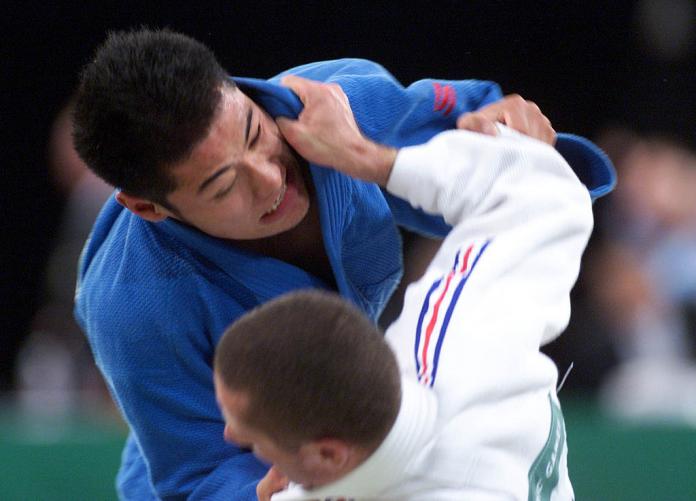
Empty heading
What to watch in Para judo
In Para judo, athletes use their sense of touch to “feel” their opponent’s intention. The grip, breathing and body movements trigger their instincts to throw, pin, or lock their opponent during a match, which lasts up to four minutes.
In Para judo, athletes compete in J1 or J2 classes.
In J1, athletes may have varying degrees of vision impairment, from some vision to fully blind. They wear a red circle to let others know that they may need guided support before, during and after a match. J2 athletes are partially sighted.
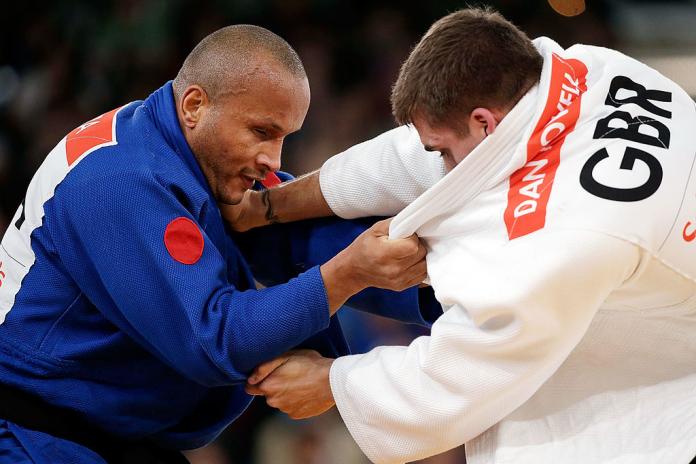
Athletes start a match by gripping their opponents’ uniform, known as a ‘judogi’. The quickest way to victory is to score one maximum point, called ‘ippon’, by throwing their opponent on their back, pinning them for 20 seconds, or by arm lock or choke submission.
If ippon is not achieved, athletes can win with the highest score through ‘waza-ari’ (half point) or other minor points.
If a match is tied, judokas enter Golden Score. The first athlete to get any points wins the match.
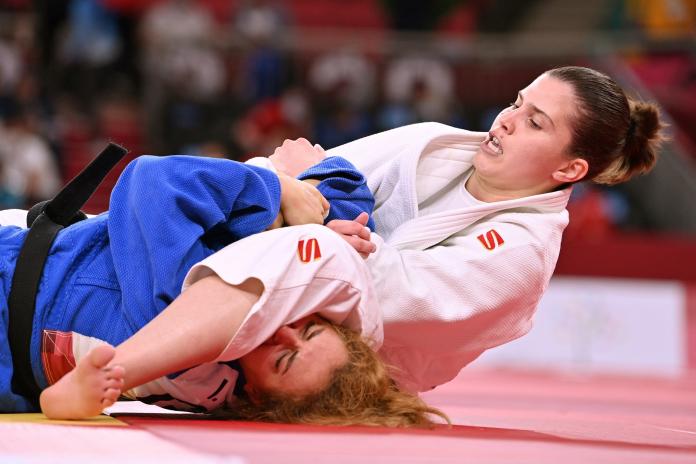
Top Paralympic moments
Over the years, there have been many memorable moments at the Paralympic Games.
At Beijing 2008, Brazil’s Antonio Tenorio topped the podium in the men’s -100kg division and became the first Para judoka to win gold at four Paralympic Games in a row. He went on to win bronze at London 2012 and silver at Rio 2016.
Click here and change your settings to allow Marketing cookies to view this content
Sandrine Martinet of France shot to stardom at Rio 2016. After finishing fifth at London 2012 and second at Beijing 2008 and Athens 2004, she topped the podium by beating two-time Paralympic champion Ramona Brussig of Germany in the women’s -52kg final.
Five years later, judo returned to its spiritual home as the Nippon Budokan received athletes from across the world at the Tokyo 2020 Paralympics. Twenty-two countries claimed at least one medal.
Azerbaijan finished atop the Para judo medals table, winning six out of a possible 13 gold medals. Shahana Hajiyeva started the gold rush by topping the podium in the women’s -48kg division on the first day of competition.
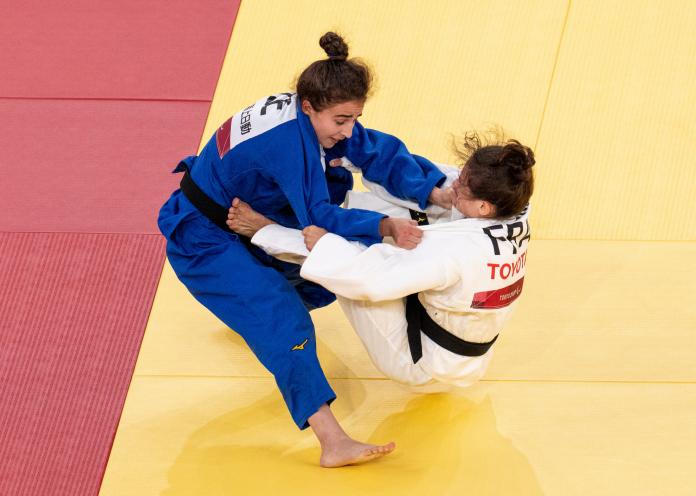
Paris 2024 programme
Men’s events
-60kg J1
-73kg J1
-90kg J1
+90kg J1
-60kg J2
-73kg J2
-90kg J2
+90kg J2
Women’s events
-48kg J1
-57kg J1
-70kg J1
+70kg J1
-48kg J2
-57kg J2
-70kg J2
+70kg J2
Paris 2024 venue
The Champ de Mars Arena will stage Para judo and wheelchair rugby competitions at Paris 2024. It is a 10,000 sqm building in the centre of Paris currently known as the Grand Palais Overlay.
Designed by French architect Jean-Michel Wilmotte, this beautiful venue, built with sustainable materials, was created to host art, fashion and sports events.

Book your tickets for the Paralympic Games by visiting the Paris 2024 ticketing website.